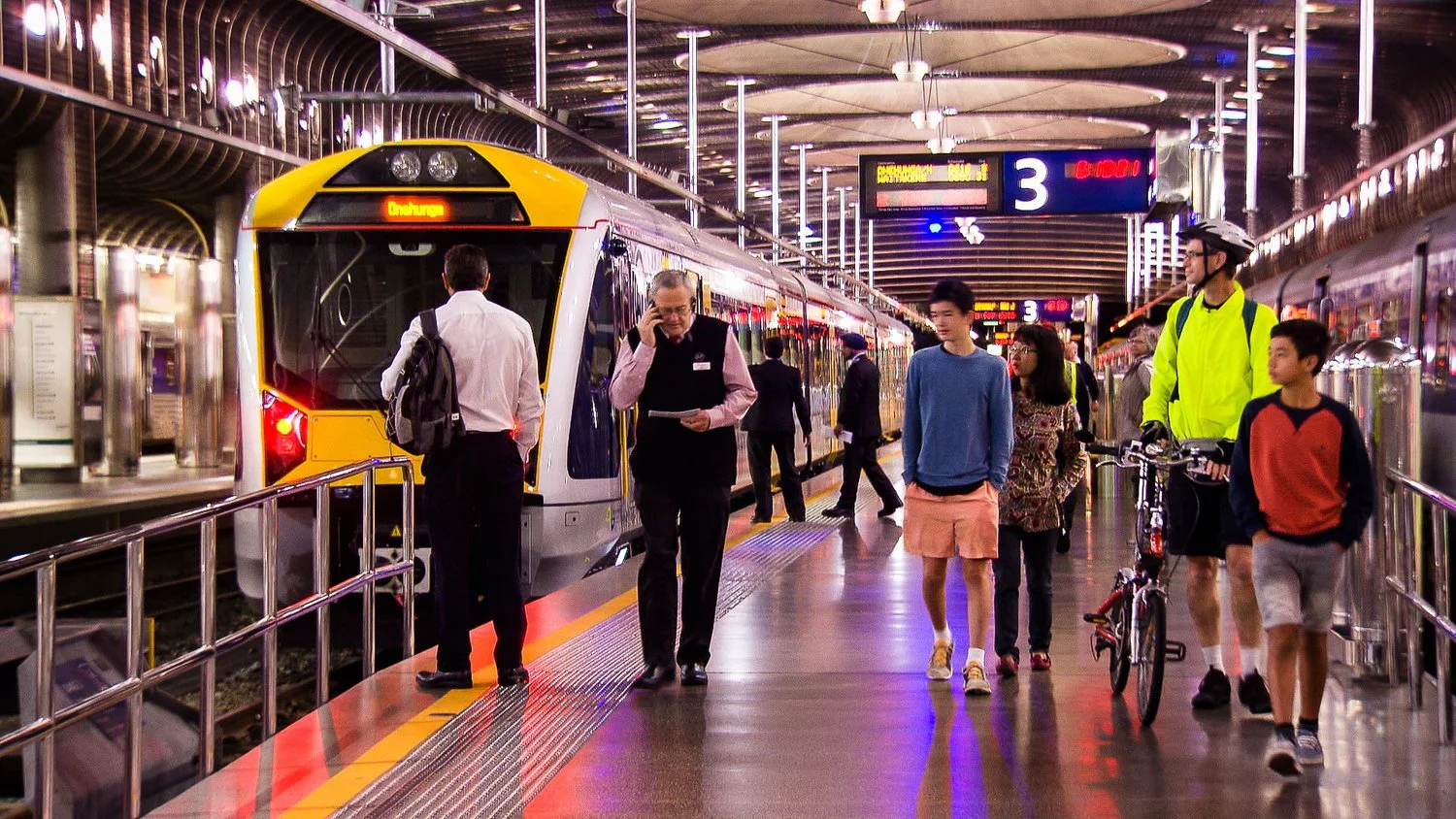Dr Sean Sweeney, Chief Executive, City Rail Link Ltd
08 July 2022
What a great sight Eden Park was last weekend – more than 48,000 people packing the stands to watch a superb All Blacks performance against the Irish- although my Irish heritage left me feeling the Irish were not flattered by the scoreline.
Then the small city of rugby fans decamped at the final whistle to find entertainment appropriate to follow such a stellar match. As any Eden Park aficionado will tell you, getting out of the stadium and into the city after a big game is quite a challenge.
Most people don’t realise how much the City Rail Link will be able to change all that through the flexibility and increased capacity that it will provide the Auckland rail network. It is going to change the way this city operates. We will be able to shift enormous numbers of people very quickly.
When complete, the CRL will be able to carry that Eden Park crowd to the CBD in less than 10 minutes and the waterfront in 12 minutes! The impact of the CRL on the hospitality and entertainment sectors is difficult to quantify but it will certainly go a long way to increasing foot traffic and the commercial fortunes of businesses in the CBD and adjoining suburbs.
The CRL will quite literally be a game-changer.
Given the CRL’s importance to Auckland’s social, commercial and economic health, it’s appropriate that public transport and investment in transport infrastructure are issues attracting attention in the mayoral debates.
The candidates are right that there are a large range of diverse challenges facing Tāmaki Makaurau and many of those are centred around population growth, with Auckland forecast to top two million people by 2033. How are they all going to get around?
Other questions, which I’m sure the candidates also want answers to, is how do we make Auckland an international city of the same standing as Barcelona or Vancouver, and how do we grow the city in a way we all will be proud of in 30 years’ time?
Sydney and Melbourne have faced and then surmounted these same issues Auckland faces. Melbourne, in particular, is an instructive case study for Tāmaki Makaurau.
In the 1990s, Melbourne was a rust-bucket city with its manufacturing base emptying out and significant numbers of people leaving for Queensland. Their civic leaders did a whole range of things, including the creation of pedestrian-friendly streets and walker-only lanes (it’s worth pointing out that when Auckland Council made Fort St in the CBD a shared space for pedestrians, hospitality spending increased 429%).
But the most important change in Melbourne was ensuring public transport underpinned all the other innovations around the city.
By the time of the 2006 Commonwealth Games, you could catch a tram, bus or walk to 90% of all sporting events. International media took notice, with The Economist putting Melbourne on a par with Vienna and Vancouver.
As Melbourne has continued to grow and car congestion has continued to increase, Melbourne is taking more and more steps to be a public transport lead city. Many young people in the inner city no longer own a car as they simply dont need to to get around. The Melbourne CBD is now basically given over to (free) CBD trams and cycle ways. Melbournians now think nothing of catching public transport to theatre and sports events in the evening and the weekend. It is a much easier option.
Effective and efficient public transport is the great enabler of great cities. It accelerates investment across the commercial and social economies, bolsters the arts, events, retail and hospitality sectors and creates new businesses and new jobs.
Highly effective, efficient, accessible public Transport is a key enabler in any “ international standard” city and the CRL will be the catalyst for that important change in Auckland.
The CRL is now nearing the end of its tunnel construction phase and we will this year begin fitting out the tunnels with a vast array of equipment and materials, including 16km of rail and more than 1.5 million metres of cable.
It is possibly the biggest fit-out of a project in New Zealand construction history. It is a fit-out for Auckland’s future and we will soon literally see the light at the end of the tunnel, which is exciting for all Aucklanders.

